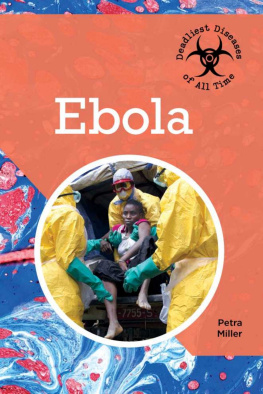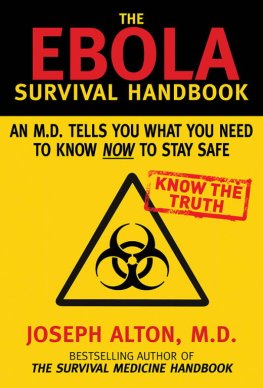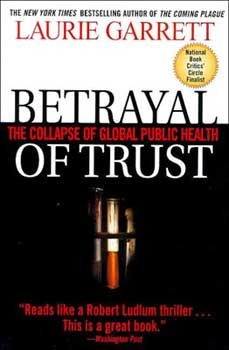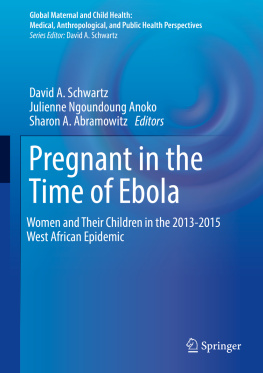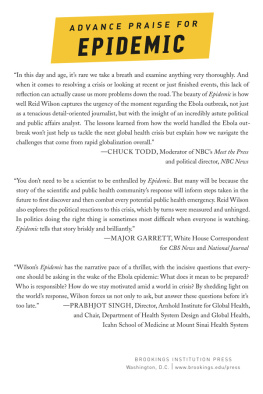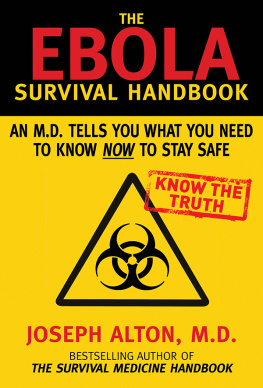Published in 2016 by Cavendish Square Publishing, LLC
243 5th Avenue, Suite 136, New York, NY 10016
Copyright 2016 by Cavendish Square Publishing, LLC First Edition
No part of this publication may be reproduced, stored in a retrieval system, or transmitted in any form or by any meanselectronic, mechanical, photocopying, recording, or otherwisewithout the prior permission of the copyright owner. Request for permission should be addressed to Permissions, Cavendish Square Publishing, 243 5th Avenue, Suite 136, New York, NY 10016. Tel (877) 980-4450; fax (877) 980-4454.
Website:cavendishsq.com
This publication represents the opinions and views of the author based on his or her personal experience, knowledge, and research. The information in this book serves as a general guide only. The author and publisher have used their best efforts in preparing this book and disclaim liability rising directly or indirectly from the use and application of this book.
CPSIA Compliance Information: Batch #WS15CSQ
All websites were available and accurate when this book was sent to press.
Library of Congress Cataloging-in-Publication Data
Miller, Petra, author.
Ebola / Petra Miller.
pages cm. (Deadliest diseases of all time)
Includes bibliographical references and index.
ISBN 978-1-50260-652-5 (hardcover) ISBN 978-1-50260-653-2 (ebook)
1. Ebola virus diseaseJuvenile literature. 2. Hemorrhagic diseasesJuvenile literature.
3. EpidemicsJuvenile literature. I. Title. II. Series: Deadliest diseases of all time.
RC140.5.M55 2016
616.91dc23
2015008858
Editorial Director: David McNamara
Editor: Fletcher Doyle
Copy Editor: Cynthia Roby
Art Director: Jeffrey Talbot
Senior Designer: Amy Greenan
Senior Production Manager: Jennifer Ryder-Talbot
Production Editor: Renni Johnson
Photo Researcher: J8 Media
The photographs in this book are used by permission and through the courtesy of: Kenzo Tribouillard/AFP/Getty Images, cover (inset); Studio_3321/Shutterstock.com, cover (background used throughout); Nati Harnik/AP Images, 4; WSBTV Atlanta/AP Images, 6; Tom Washington/Moment Open/Getty Images, 8; Joel G. Breman, M.D., D.T.P.H./CDC, 11; jaddingt/Shutterstock. com, 13; Jes Aznar/AFP/Getty Images, 17; Joe Raedle/Getty Images, 18; Dr. Lyle Conrad/CDC, 22; AP Photo/Timothy Jacobsen, 25; Tyler Hicks/Liaison/Hulton Archive/Getty Images, 26; Photodynamic/Shutterstock.com, 29; Michel du Cille/The Washington Post/Getty Images, 32; filo/Digital Vision Vectors/Getty Images, 35; Nati Harnik/AP Images, 37; Chris Keane/Getty Images, 41; Jane Hahn/Washington Post/Getty Images, 42; J Hindman/Shutterstock.com, 45; Dominique Faget/AFP/Getty Images, 48; John Moore/Getty Images, 55; David Goldman/AP Images, 50.
Printed in the United States of America
Contents
Medical personnel at the biocontainment unit in Nebraska are trained to handle patients arriving with diseases such as Ebola.
P eople across the United States looked on in fear as television crews filmed Dr. Kent Brantlys walk from an ambulance into Atlantas Emory University Hospital. Brantly had been in the West African country of Liberia. There he treated people with the deadly viral hemorrhagic fever, which is caused by an Ebola virus . The doctor was one of the two American aid volunteers who contracted the disease, and the first person known to bring the virus back to the United States. He had been flown home in a special plane in August 2014, and then driven by ambulance to the waiting hospital. Brantly was dressed in a full-body protective suit. This prevented him from transmitting the virus to others.
The airplanes isolation unit is equipped to carry only one patient at a time. After transporting Brantly to Dobbins Air Reserve Base, the plane returned to Liberia to pick up the viruss second victim, Nancy Writebol.
The fear people experienced was understandable. Ebola is a horrible and deadly disease, killing up to 90 percent of those who become infected. The first symptom might be a slight headache followed by a sudden high fever. Fatigue, diarrhea, and stomach pain quickly set in. Within less than a weeks time the sickness thins the linings of the bodys blood vessels and internal organs. Blood leaks into the intestinal tract and lungs. It seeps from the fragile surfaces of the gums. The victim suffers intense nausea and vomits a bloody, black liquid. The illness moves the body toward a state of general hemorrhage, or uncontrollable bleeding. This results in nosebleeds, bloodshot eyes, and sometimes even bleeding through the skins pores. This is why it is called a hemorrhagic fever. Victims, most weakened from fluid loss, go into shock and die within days or weeks.

Dr. Kent Brantly steps out of the ambulance that carried him to Emory University Hospital.
Ebola is an emerging virus . This means it is appearing in a population for the first time, or it has shown up before but is rapidly increasing in its incidence or range. The massive outbreak that struck in 2013 and was still active early in 2015 is the first ever to reach West Africa. The other outbreaks were restricted to Central Africa.
Ebola also is still somewhat of a mystery to scientists. Its source has not been positively identified, although it is believed that the virus begins in bats. Also, there is no approved cure for it or vaccination against it. The only treatment is what Dr. Bruce Ribner of Emory Hospital called supportive care. In supportive care, doctors track a patients symptoms, vital signs, and organ function. They supply fluids, electrolytes, and food. Treatments, such as blood transfusions and dialysis to keep patients stable while the patients body fights the disease, are used.
We just have to keep the patient alive long enough in order for the body to control this infection, Ribner said during an interview with Cable News Network.
Both Brantly and Writebol survived their infections, which were contained because both were held in isolation until they recovered. The infection is spread through contact with the bodily fluids of an infected person or with items contaminated by an infected person. The staff at Emory Hospital made sure this did not happen.
Unfortunately, Ebola victims in Africa do not have access to such great hospitals. This is one of the factors behind historys largest outbreak one of the worlds deadliest diseases.

Green monkeys carried the first filovirus into Europe, where it was identified.

